Imagine if an asteroid with a diameter of 1,000 meters and weighing 100,000 tons were to collide with Earth in the future. Would you feel scared? What would it mean for humanity if a 100,000-ton asteroid struck the Earth?
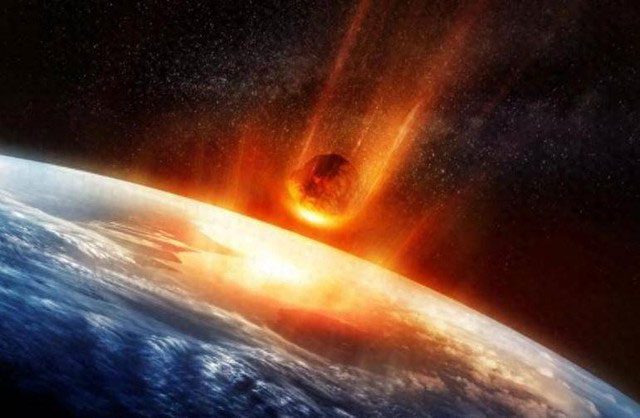
When an asteroid collides with Earth, it releases an enormous amount of energy equivalent to tens of thousands of atomic bombs. This explosion would create a massive fireball and trigger a powerful earthquake, potentially spreading for thousands of kilometers. Tsunamis reaching hundreds of meters in height could also be generated, devastating coastal areas.
On December 21, 2004, NASA scientists discovered an asteroid with a diameter of 350 meters and weighing about 40,000 tons. Through radar astronomical measurements, it was predicted that this asteroid had a 1 in 450 chance of colliding with Earth in 2029. However, as scientists have monitored this asteroid in recent years, they have ruled out the possibility of it impacting Earth in 2029.
So, if this asteroid were to actually collide with Earth, what impact would it have on humanity?
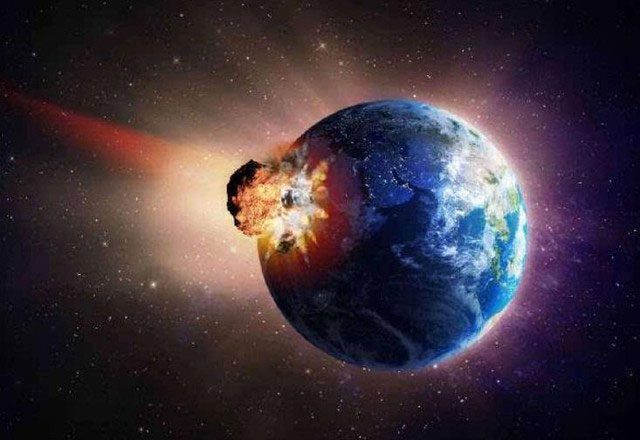
The explosion and heat from the collision could cause widespread fires, incinerating vast areas. Dust and debris from the impact could block sunlight, leading to a prolonged winter and affecting agricultural production.
According to scientists’ calculations, if this asteroid collided with Earth, it would generate 6.4 trillion kilojoules of energy, equivalent to an explosion of 1.5 trillion tons of TNT. In comparison, the most powerful hydrogen bomb ever created by humanity reached an energy level of 50 million tons of TNT upon detonation – this hydrogen bomb was named Big Ivan.
In 1961, Big Ivan detonated in the skies over Novaya Zemlya. The radius of the fireball produced in the explosion reached 4,600 meters, and the height of the mushroom cloud was 64 km, seven times higher than Mount Everest. Even more frightening is that the explosion of the Big Ivan hydrogen bomb also caused the Eurasian continent to shift 9 mm southward.
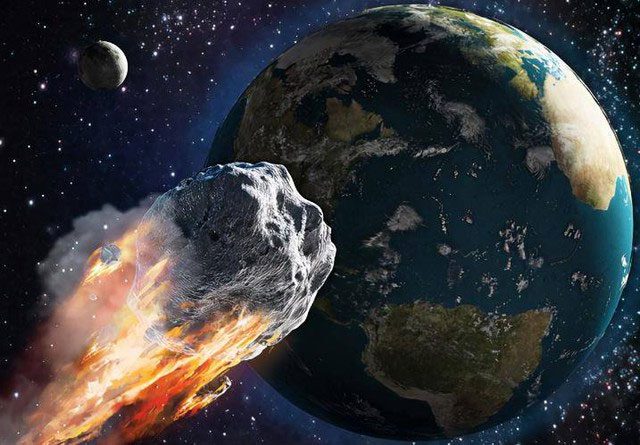
The dust and debris from the impact could linger in the atmosphere for years, blocking sunlight and reducing global temperatures. This could lead to a minor ice age, causing food and drinking water shortages. The impact and its consequences could trigger mass extinctions of various plant and animal species, including humans.
We have just stated that if this asteroid were to strike Earth, it would be equivalent to the explosion of 1.5 trillion tons of TNT. This means that 3,000 Big Ivan hydrogen bombs would be detonated simultaneously, and the consequences would certainly be catastrophic.
So, if an asteroid with a diameter of 1,000 meters and weighing 100,000 tons were to collide with Earth in the future, is there any way for humanity to defend against it?
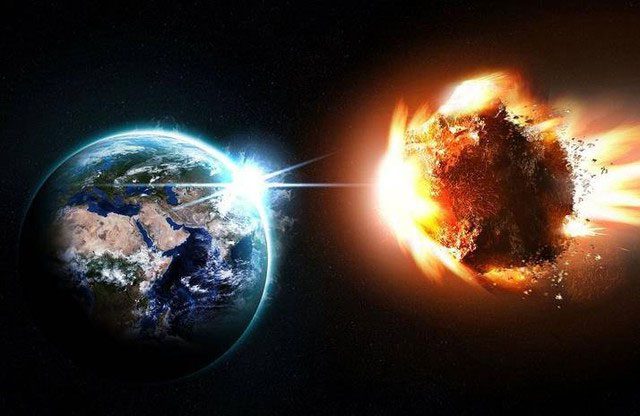
The severity of the disaster will depend on the location of the impact. If the asteroid were to strike the ocean, it would cause catastrophic tsunamis affecting coastal regions. If it were to hit a densely populated area, the death toll could reach millions. However, it is important to note that the likelihood of an asteroid of this size colliding with Earth is very low. Scientists estimate that such a collision occurs only about once every few million years.
Some people believe that if this happens, humanity could use nuclear weapons to blow up the asteroid. Although this method is theoretically feasible, it is only suitable for dealing with smaller asteroids that are less than a few hundred meters across. For larger asteroids, using nuclear weapons to blow them up would cause them to shatter into many more pieces, which would also pose a threat to humanity.
Therefore, the best approach is not to directly blow up the asteroid but to use nuclear weapons to change the asteroid’s trajectory so that it cannot collide with Earth.
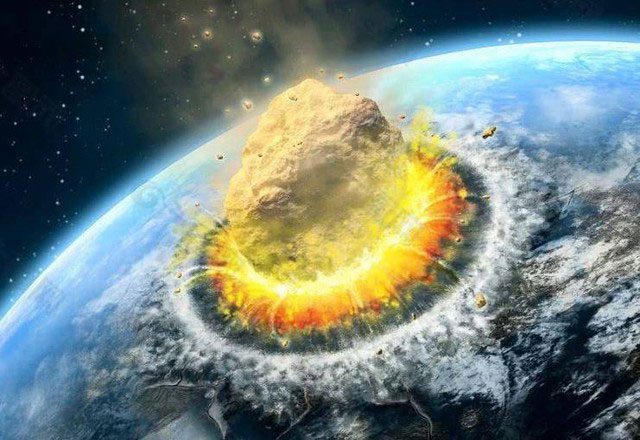
Protecting Earth from asteroid threats is a global challenge that requires international cooperation. Scientists and policymakers around the world are working together to develop effective solutions to safeguard our planet from potential disasters.
According to scientists, about 500 asteroids collide with Earth each year. However, these asteroids are smaller than one meter in size, and they burn up upon entering the atmosphere, posing no threat to humanity.
Nonetheless, while scientists have devised ways to cope with the impacts of asteroids, no one can assure whether an asteroid measuring several hundred meters will collide with Earth in the future.




















































